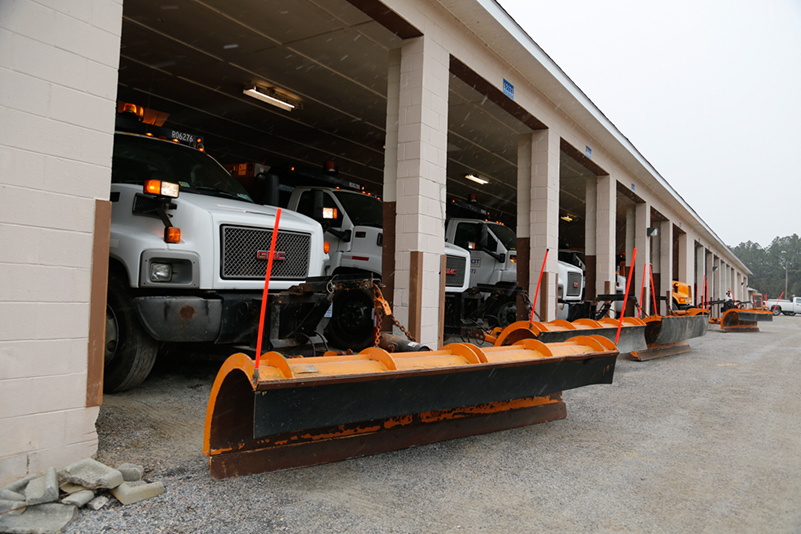Fitness
Best weighted vests 2025, tested by a fitness expert

Benefits of rucking
Rucking is an accessible, efficient and effective way to up your fitness levels. If you want to go for a run or pop to the gym, you need to set aside time to do so. If you want to try rucking, you just need to don a weighted vest or backpack while walking, be that during your commute or a pop to the park with your dog.
“Rucking can be for almost anyone,” says Nichele Cihlar, director of training at rucking specialists GoRuck. “It’s a [low-impact] way to amplify your walk and add that resistance training element without putting a lot of extra strain on your joints or needing a personal trainer to teach you what to do. You simply put the ruck on and go out for a walk.”
The addition of extra weight makes walking more difficult, providing extra intensity and benefits in the same timespan as a regular stroll.
“You’re carrying extra weight, and that extra weight costs you energy to move,” says walking expert Dr Elroy Aguiar. “If you’re adding weight, it’s going to increase your oxygen consumption and increase your heart rate, if you maintain the same speed of walking.”
As a result, you’re going to burn more calories than you would on a non-weighted walk. It can also provide cardio perks to boost your heart health, and help you build strength and tissue tolerance throughout your body, reducing your risk of injury.
“The benefits are as much mental as they are physical,” Cihlar adds. “You never leave the house to go for a ruck and come back in a bad mood. It’s a great way to get outside, get some fresh air and clear your mind, while getting good bang for your buck as far as benefits are concerned.”
Read more: I trained like Anne Hathaway for a month, and the results surprised me
How to start rucking
If you’re looking to take your first steps into the world of rucking, you don’t need any specialist equipment. Instead, just pop a few heavier household items in a backpack and go for a walk – you might be surprised how much difference a few kilograms can make.
Once you’ve become comfortable carrying this weight, the next step is to play with the variables – the weight you’re carrying, the distance you’re covering and the terrain. You can tinker with these factors to increase the difficulty of your walks over time, which is the key to seeing continued progress in your fitness.
But it’s also important to increase these factors gradually, giving your body time to develop the tissue tolerance needed to avoid injury. You shouldn’t go from a short weighted walk to a day-long hike with 30kg on your back, just as you wouldn’t run a marathon on day two of a couch to 5k plan.
Read more: Swap the gym for this 30-minute rucking workout to strengthen your legs and core

:focal(0x0:3000x2000)/static.texastribune.org/media/files/9f9df5d8e38e56397be7f883cd61490a/1230%20Migrant%20Workers%20SB%20TT%2009.jpg)








